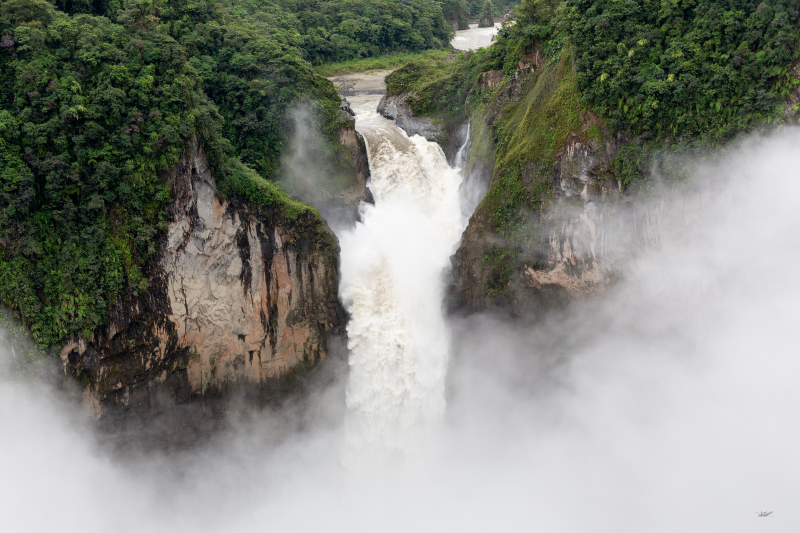Key Ecuador Crude Oil Pipeline Ruptures While Halted by Erosion
QUITO (Reuters) — Erosion in the Amazon region has ruptured Ecuador's state-owned pipeline SOTE, the same problem that led to its shutdown last week, the Energy Ministry said on Tuesday.

The collapse in the pipeline's tubing did not cause any environmental damage given it was empty following its suspension, along with the privately-owned OCP pipeline, last week, the ministry said.
"The opportune decision to suspend pumping of crude ... and the preventative drainage activities which were carried out avoided environmental effects," it said in a statement.
The ministry did not provide details on when the pipeline would be repaired and resume operations.
Earlier in the day, before the rupture announcement, President Guillermo Lasso said that operations would begin to normalize in the next 17 days, weather permitting, thanks in part to a new detour being constructed for the SOTE.
Ecuador's government declared force majeure over its oil exports and production contracts on Monday because of the pipeline closures, caused by ongoing erosion in Napo province.
The country's crude production averaged 485,000 bpd before the force majeure. By Tuesday it had fallen to close to 220,000 bpd, according to government data.
State-oil company Petroecuador has said its contingency plan includes the gradual shuttering of some oil wells.
Petroecuador has built six detours for the SOTE and is working on a seventh, while OCP has eight temporary and two permanent detours.
The erosion began last year and has also threatened the water catchment of the Coca Codo Sinclair hydroelectric plant and closed a major road which connects capital Quito with the Amazon.
In April 2020, both pipelines suffered ruptures due to the sinking of land in Napo, leading the country to declare force majeure.
Related News
Related News

- Keystone Oil Pipeline Resumes Operations After Temporary Shutdown
- Freeport LNG Plant Runs Near Zero Consumption for Fifth Day
- Biden Administration Buys Oil for Emergency Reserve Above Target Price
- Mexico Seizes Air Liquide's Hydrogen Plant at Pemex Refinery
- Enbridge to Invest $500 Million in Pipeline Assets, Including Expansion of 850-Mile Gray Oak Pipeline
- Enbridge Receives Approval to Begin Service on Louisiana Venice Gas Pipeline Project
- U.S. to Acquire 3 Million Barrels of Oil for Emergency Reserve in September
- AG&P LNG Acquires 49% Stake in Vietnam's Cai Mep LNG Terminal
- BP's Carbon Emissions Increase in 2023, Ending Decline Since 2019
- Texas Sues EPA Over Methane Emission Rules for Oil and Gas Sector




Comments